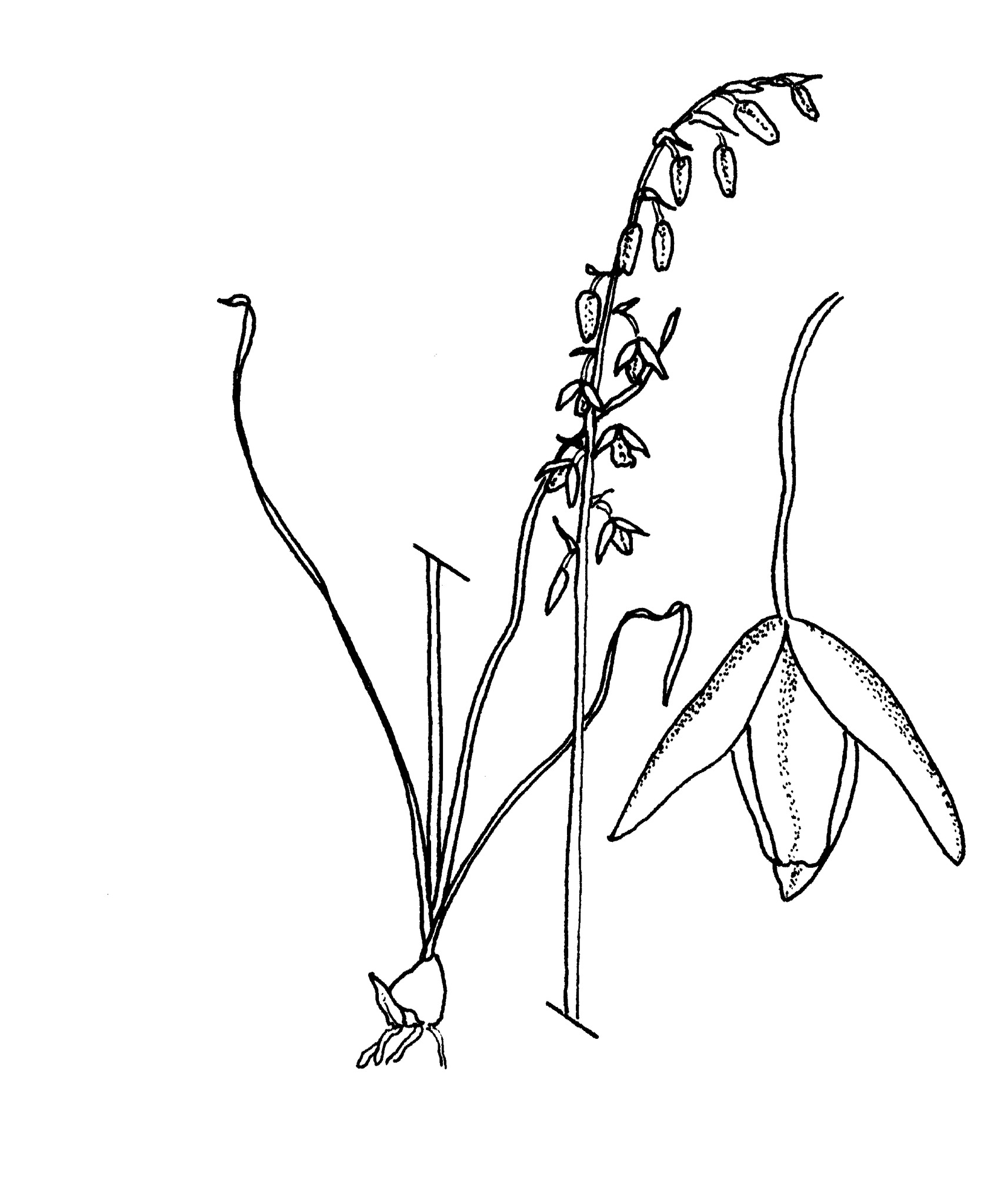
Latin alba – white, referring to the white flowers of some species.
Perennial bulbous herb with thick branched roots. Leaves several, rosette-forming, linear-lanceolate, sheathing, lasting several seasons. Flowers nodding, radially symmetrical, stalked, individual flower stalks not articulated. Inflorescence a terminal raceme. Tepals 3+3, free, 1-nerved, inner 3 joined over style. Stamens 6, free, filaments ligulate. Ovary superior. Fruit a capsule. Seeds D-shaped, compressed, black.
Grown as a garden ornamental in full sun.
About 60 species mostly in sub-Saharan Africa, extending to Arabia.
The rosette of long-lasting leaves and racemes of flowers with the inner 3 tepals joined and covering the style.
Knudson & Stedje (1986), Müller Doblies (1994), Stedje & Thulin (1995),
Source: (2005). Hyacinthaceae. In: . Horticultural Flora of South-eastern Australia. Volume 5. Flowering plants. Monocotyledons. The identification of garden and cultivated plants. University of New South Wales Press.
